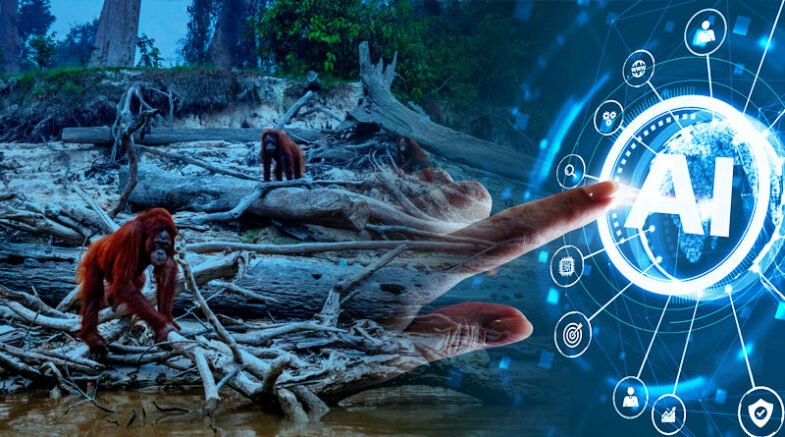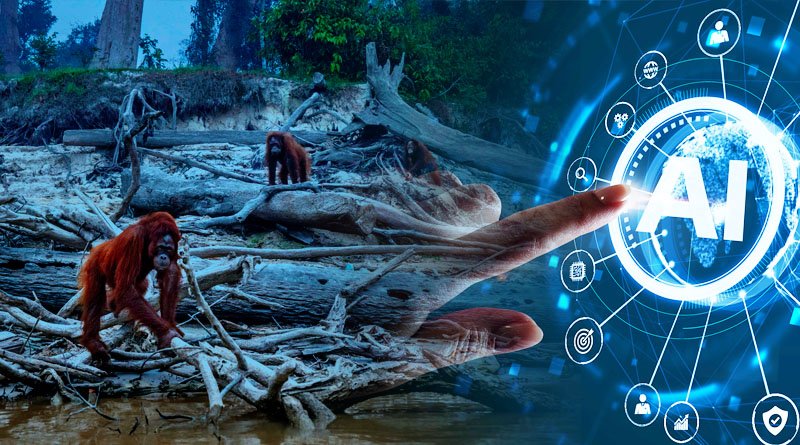Using AI, researchers have found that it is impossible to accurately predict future biodiversity loss from data on past extinctions.

Using AI, researchers have found that it is impossible to accurately predict future biodiversity loss from data on past extinctions. Dr. William Foster of Hamburg University, Dr. James Witts of the School of Earth Sciences at the University of Bristol, and other researchers tested the predictive power of AI-generated models using fossils from previous mass extinctions.
Contrary to expectations, this research discovered that there was no shared cause among the mass extinctions that could be used to predict other future biodiversity loss.
This is because different marine ecosystems are affected by different mass extinctions, and marine communities are constantly changing. Dr. Witts, a co-author, stated that it is crucial to know whether we can predict the susceptibility of various organisms to extinction in an era of rising extinction risk.
The best source of evidence we have for comparable environmental change is in the distant past, which can be accessed through an analysis of the fossil record, said Dr. Foster.
The scale of environmental change currently affecting our planet is unprecedented in human history. Evaluation of the susceptibility of various species to extinction is complicated due to the sheer volume of data, but AI models offer a potential solution to such challenging data science problems and can be used to identify extinction vulnerability.
To investigate the vulnerability of marine life to extinction during the three most devastating mass extinctions, the end-Cretaceous (the event that wiped out the dinosaurs 66 million years ago), end-Triassic (200 million years ago), and end-Permian (252 million years ago), an interdisciplinary team of data scientists and evolutionary biologists developed a machine learning model.
Their research, which was just published in Royal Society Open Science, demonstrates that while they were able to identify patterns in extinction vulnerability during the mass extinctions, each individual event appears to have had a distinct vulnerability signature that cannot be used to forecast extinction selectivity in other past or future events.
Our research suggests that each extinction event leaves a very unique signal in the fossil record, said Dr. Witts. “Previously, we thought that mass extinction events from different periods of Earth history, which were caused by similar mechanisms like massive volcanism, affected life in similar ways,” he continued.
This lack of predictability across different extinction events is caused by a number of factors. Over the course of hundreds of millions of years, ocean life has been constantly changing.
This indicates that, prior to each extinction event, marine ecosystems contained a variety of species and were fundamentally structured differently. The effects of adding carbon to the atmosphere on marine ecosystems have also changed over time.
Making comparisons is made more challenging by the variations in the species that appear in the fossil record over time, particularly when compared to those that are currently known.
This implies that large-scale extinction vulnerability models based on historical mass extinctions will not provide us with information on how to preserve current biodiversity in a crisis. The team wants to work on creating more complex models that take into account specific animal species or the dynamics of ecosystem collapse.
Dr. William Foster said, “These new results give us the chance to look at how we can generate new data that may be able to help us generate predictive models. During our current biodiversity crisis, “we also have a technique to try and explore extinction vulnerability.”
